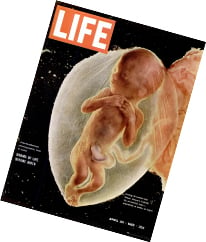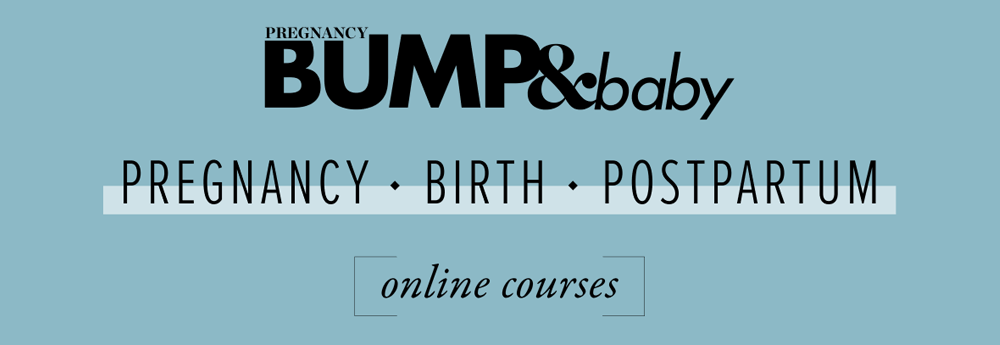Mum
This is when you start thinking about the 20-week scan. It’s used to examine the baby’s size and position, and also to check whether the brain, heart, lungs and other internal organs are developing as expected. The health professionals will also look at the fluid around the baby and the placenta and assess if the pregnancy is progressing normally. This is also when parents are often able to find out the gender of the baby (unless the foetal position prevents this). While it’s fantastic to see your baby on the monitor, it’s totally your choice whether or not you do the scan, even if your LMC recommends it.
Dad
50% done, 50% still to go. Can you believe you’re at the midpoint already? Celebrate it with a special dinner, a weekend away, a gift, a bouquet of flowers – whatever your partner is into at the moment.
Fun fact: She may not be into her usual favourites at this stage of the pregnancy. Just like food cravings, your partner’s taste might suddenly include new and weird things (not that you’re being judgemental or anything). Pregnant women who don’t usually like the colour yellow, for example, suddenly surround themselves with yellow freesias (that’s flowers for you bloke-y blokes out there) and plan to paint the nursery yellow. Or she may develop a sudden affinity for the smell of fresh laundry (if so, lucky you). Even if she’s usually a party girl, she might like to cocoon with you in front of the TV instead. Don’t try to surprise her – just ask.
Baby
You are as big as a medium-sized banana. You are exercising your digestive system by swallowing the amniotic fluid. You’re also working on those sucking reflexes and may even start to use your thumb for practice. You are also manufacturing black, sticky meconium which you will store in your bowels until you excrete it into your first nappy.
Things to keep in mind
- At this stage, you definitely want to avoid lying down flat on your back. Your uterus and baby are growing big enough to put pressure on your abdominal organs, spine, and the major blood vessels in your body. This pressure can affect your circulation, slow down the flow of blood to your heart, and lower your blood pressure.
- Leg cramps are painful, and they can affect your sleep but you can try to relieve them through gentle calf muscle stretches, massage, heat and daily exercise.
- Your belly is expanding, so you might find that your belly button is now a bit more of an “outie.” This is not usually a cause for concern.
- If you’ve still got that second trimester energy going for you, use it to your advantage and prepare for your birth and baby. Consider what you should include in your birth plan, write it out, decorate your nursery, plan your baby shower and so on. It might feel like there’s still a long way to go, and you may even be wondering “Do I really need a birth plan?” but trust us when we say, it’s always better to be prepared, than not.
- Learn more about Braxton Hicks contractions. They can feel very uncomfortable, but they shouldn’t last too long (if they do, contact your LMC).

Photos in the bumpandbaby.co.nz/week-by-week/ are by Lenart Nilsson. Lenart's series was bought to fame when his photo, considered the greatest photo of the 20th century, appeared on the cover of Life magazine in 1965. “Everyone interprets images differently, depending on their social, cultural and religious background. In the digital era, I believe it is more important than ever to go back and take a look inside ourselves. What better way of doing that than with these photos?” ~ Jane Stene, art gallery director and curator of Lenart's definitive black and white series, told the The Guardian in 2019. It is Lenart Nilsson's wish that his images are never used for political debate about pro-life.






